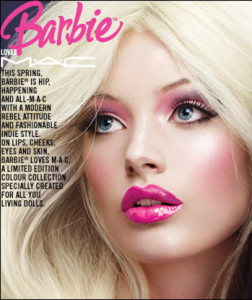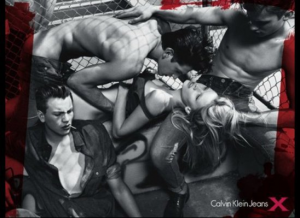Castell, Jenson, and Taylor’s article discusses the development of a web-based game titled Contagion and how all aspects of the game should be educationally valued. The authors explain how one of the biggest challenges with gaming is having society view web-based games as information-rich cultural texts. Web-based games are known for their “high-speed shooting, killing, the melee, destruction, and havoc” (592), Castell, Jenson, and Taylor state. Contagion breaks this stereotype; this game is a “role-playing adventure game…[that develops through] health-regarding knowledge, orientations and behaviours necessary for promoting individual and community well-being in the face of four quite different, but equally virulent diseases” (591). As this article continues to explain about the game and how the designers of the game created it, the more of a believer I became on how games could be introduced in classrooms. The “learning” does not take place explicitly by playing the game; instead, it happens through relational aspects of the game, such as picking a character, goals, and game structure. The article perfectly sums up how the learning goal of any educational game is “to stay in a game that invites and enables you to learn and try and be things that everyday life defers” (597). Educational games give students the opportunity to learn about issues that they would not be able to experience otherwise. By playing Contagion, students are able to use their critical thinking skills to analyze ethical dilemmas, character development, social responsibility, and much more.
I really enjoyed reading this article because although I have always thought about introducing web-based game to my future classrooms, I was not sure how this would exactly work out. I believe one of the biggest issues teachers may have in introducing gaming in classrooms is that there is concern on how students would be assessed. How can a teacher assess students based on their score in a game? In addition to assessments, stigma surrounds gaming because of the mainstream games that exist. As a future teacher, I would not know where to even start to look for educational web-based games to use in high school classrooms. Workshops that focus on web-based games and how to incorporate them in classrooms would be very beneficial. By merging gaming and education, students would be far more engaged than using the traditional methods of teaching. Gaming does not have to hold a negative connotation to it; perspectives must change in order to slowly integrate gaming into classrooms.
-Nabila
References
de Castell, S., Jenson, J., & Taylor, N. (2007). Digital games for education: When meanings play. Situated Play, DiGRA Conference, Tokyo, Japan. 590—599


